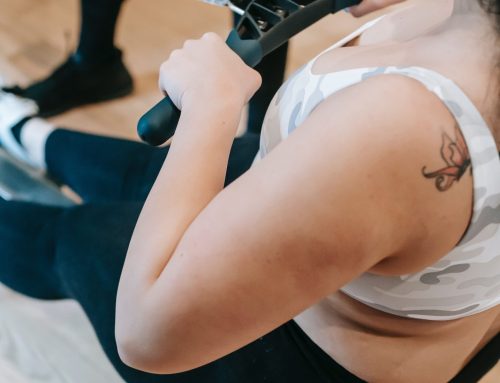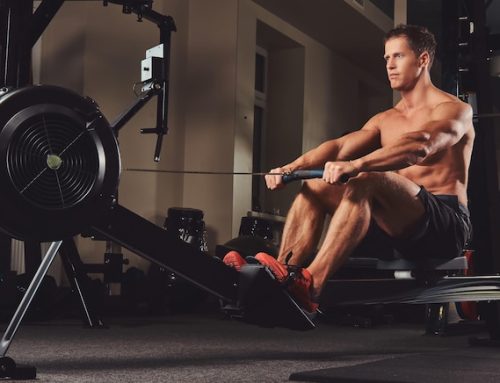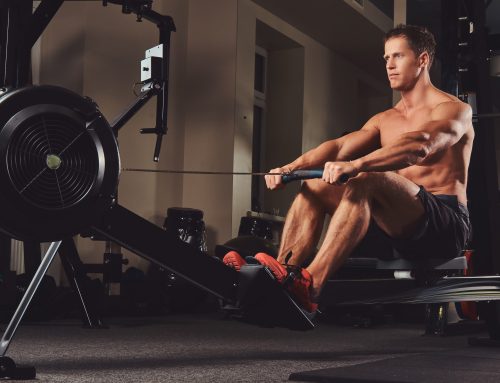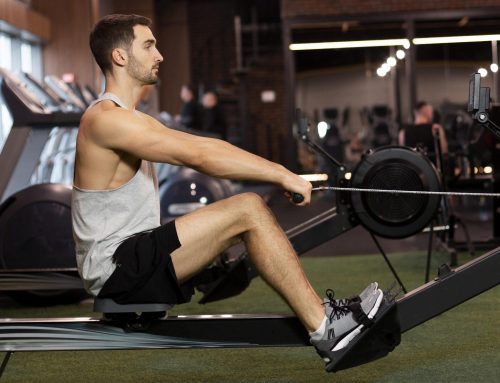Introduction
Rowing is a sport that involves moving a boat on water using oars. This type of exercise has gained popularity in recent years, thanks to its many benefits. However, some people wonder if rowing can damage your back. In this article, we will examine this question and provide you with accurate information about rowing and back injuries.
The mechanics of rowing
To understand how rowing affects the back, it is essential to know how the movement works. Rowing is a low-impact exercise that engages most of the body’s muscles, including the back, arms, and legs. The rowing motion involves leaning forward with the arms extended, then shifting the body backward while pulling the oars towards the chest, and finally leaning forward again to start the stroke anew. The rowing motion is primarily a pulling motion, which means it engages the upper back and shoulder muscles.
The risk of back injury in rowing
As with any sport, rowing can cause back injuries if done incorrectly or excessively. The back muscles and spine are under constant strain and can become fatigued or injured if overused. However, studies have shown that rowing is less likely to cause back injuries than other sports like running or weightlifting.
The importance of proper form
To avoid back injuries while rowing, it is essential to use proper form. Maintaining a neutral spine during the rowing motion is crucial to protect the back. It is also essential to engage the core muscles to supplement the work of the back muscles. Rowers also need to ensure that they adjust their oars and seat to match their height and reach, as this can affect the position of the back during the rowing motion.
| Proper Rowing Form |
|---|
| Neutral spine |
| Engage core muscles |
| Proper oar and seat adjustment |
Preventing back injuries in rowing
Aside from using proper form, there are other ways to prevent back injuries when rowing. Stretching before and after a rowing session can help improve flexibility and reduce the risk of muscle strains. It is also essential to gradually increase the intensity and duration of your rowing workouts to allow your body to adapt to the new stress.
The benefits of rowing for the back
Despite the risk of back injuries, rowing can benefit the back in many ways. The rowing motion can help improve posture and strengthen the upper back and shoulder muscles. Rowing can also improve overall flexibility and range of motion, which is essential for a healthy back. In fact, rowing is often recommended as an exercise for people with back pain or injuries, as it can help alleviate symptoms.
Conclusion
Rowing is a popular exercise that has many benefits for the back and body. While it is possible to suffer a back injury while rowing, this risk can be minimized by using proper form and gradually increasing the intensity of your workouts. With the right approach, rowing can be a safe and effective way to improve overall fitness and back health.






